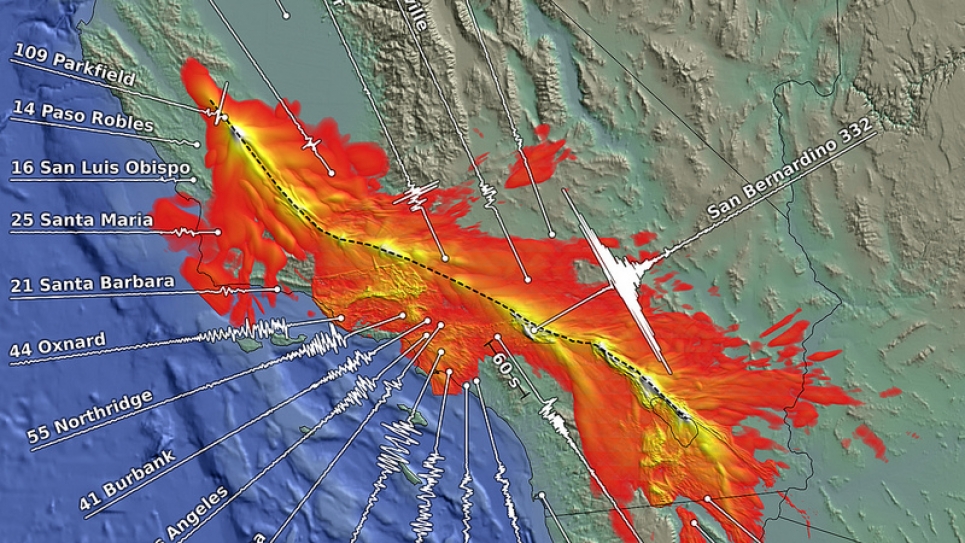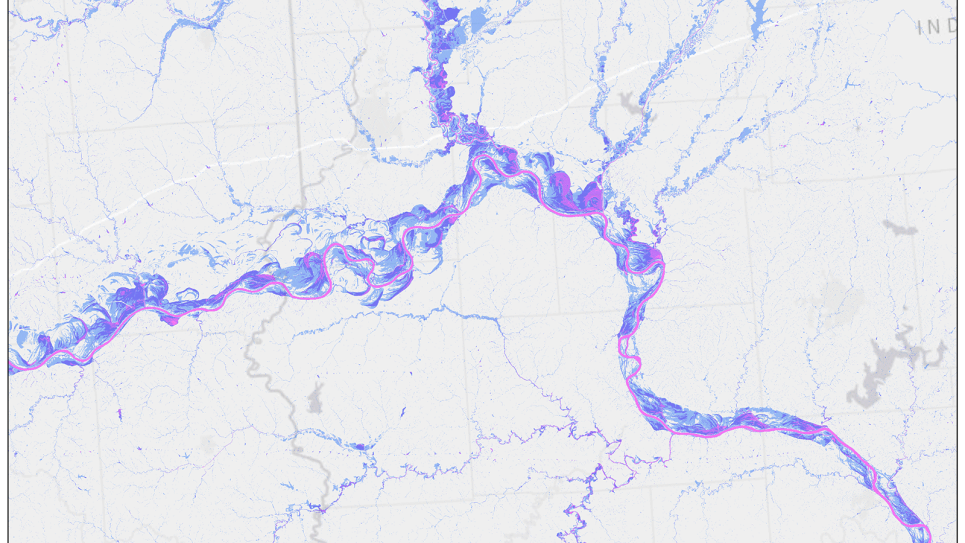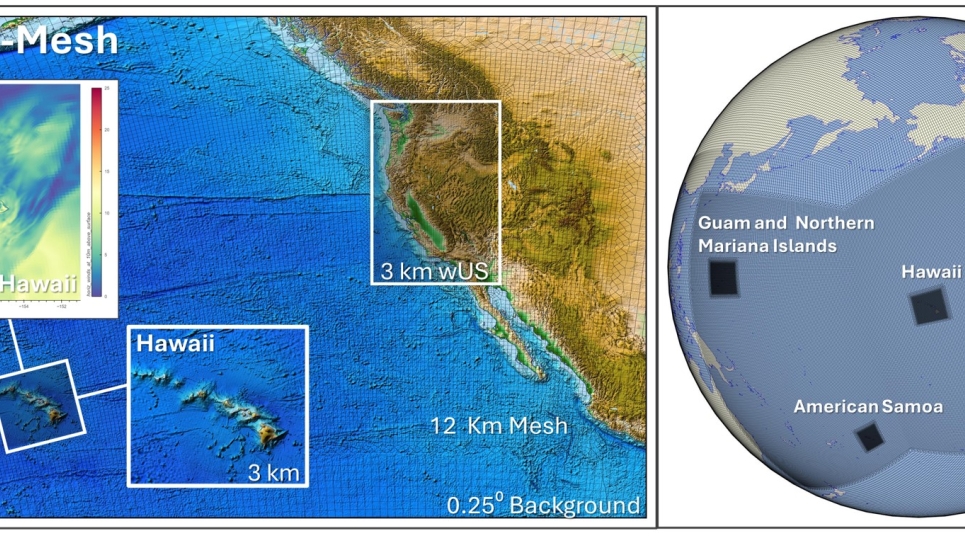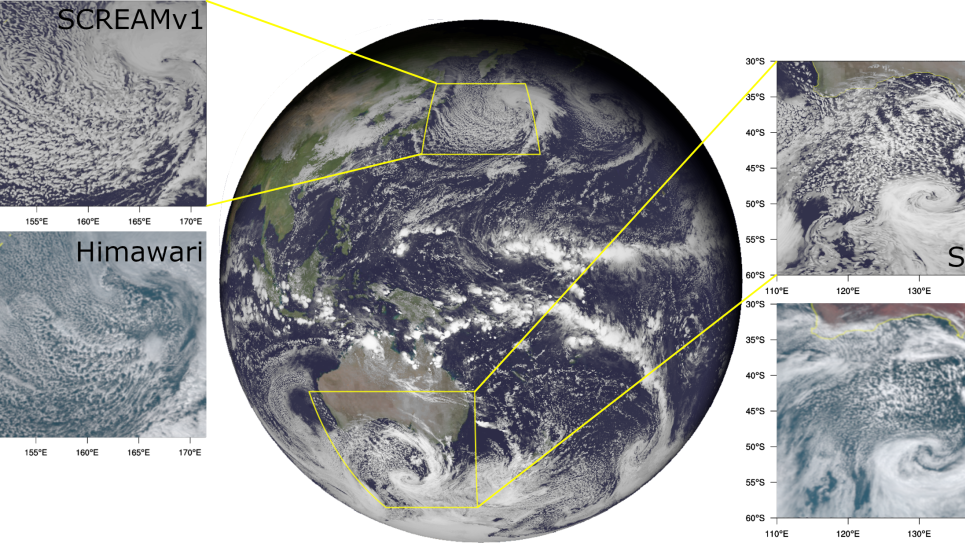
High Frequency Ground Motion Simulation for Seismic Hazard Analysis
Economic exposure to earthquake devastation in seismically active regions has increased significantly over the last few decades because of massive growth of urban areas. To understand risk and improve resilience, we need to quantify earthquake hazards at higher levels of fidelity. Physics-based modeling and simulation provide a path to a more accurate representation of earthquake systems—from the rupture at the fault to the response of the built environment. This approach relies on numerical simulation of rupture dynamics and seismic wave propagation in realistic three-dimensional models of the crust’s heterogeneous structure to represent the ground motion during strong earthquakes.
Our goal is to produce simulations at a level of resolution valid for engineering applications (that is, at frequencies higher than previously used). Higher frequency earthquake system modeling needs to be coupled to engineering models of infrastructure systems such as buildings, bridges, and other critical distributed systems (e.g., lifeline and medical networks) that depend strongly on how complex earthquake wavefields interact with the mechanical heterogeneities of the ground and the built landscape, including both off-fault and near-surface plasticity and other site effects such as surface topography.
This project also will provide a framework for evaluating alternative ground motion simulation methods, such as existing hybrid deterministic and nondeterministic methods, and for investigating the threshold frequency at which both of these approaches provide a viable tradeoff for hybrid simulation, leading to the production of more physically realistic synthetic seismograms for use in earthquake engineering.


